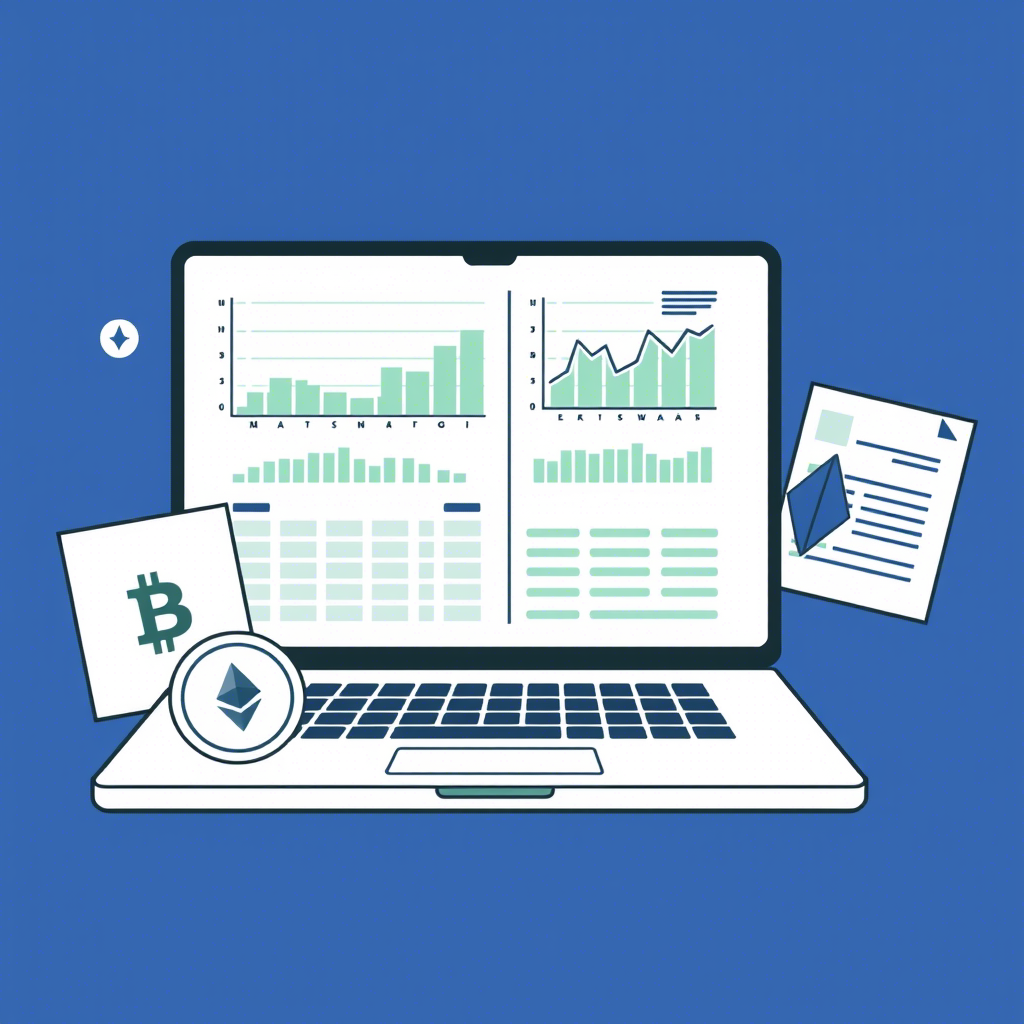Cryptocurrency’s decentralized ethos often clashes with the regulatory environments that aim to protect consumers and financial systems. From KYC (Know Your Customer) checks to AML (Anti-Money Laundering) policies, governments worldwide are tightening oversight of crypto exchanges, stablecoins, and DeFi. Meanwhile, some regions adopt crypto-friendly frameworks to attract innovation, while others ban or heavily restrict digital asset activities.








